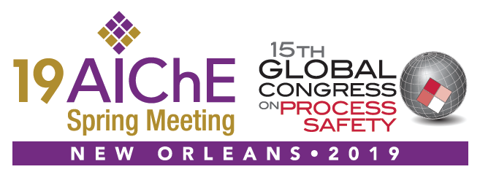

Over the past several years, manufacturers in the additive industries have employed 3D printing to increase efficiency on plant floors. Materials used in the additive industries cover a wide variety of plastics and metals. The metals used include alloys such as stainless steels, brass, and copper. The nature of the 3D printing process tends to create fine dusts and typically, dust from metal alloys is not a high-risk concern. However, metals such as aluminum and titanium can pose significant fire risks. The particle size of a dust is a major contributing factor associated with the hazards they may pose. Fine aluminum and titanium dust can be extremely sensitive to ignition, and can produce tremendously high temperatures and overpressures. Typically, an additive can range from 10 to 70 microns, at which size aluminum and titanium dusts are highly dangerous. In these particle ranges, aluminum has an explosion severity (Kst) greater than 400 bar m/sec. Fine metal dusts have also shown to have low ignition sensitivity, such that a static discharge (less than 25 mJ) can ignite them. Such characteristics of a dust indicate potential for a catastrophic event under the right conditions. 3D printing can also create aluminum and titanium dust in particle sizes in the nanometer range. Titanium dust in the nanoparticle sizes has been shown to display pyrophoric tendencies. 3D printing can create hot dusts but, even without a credible ignition source, metal dusts such as titanium can catch on fire. It is important that industries employing 3D printing with metal additives are aware of the hazards associated with them. Metal dusts such as aluminum and titanium can be extremely dangerous and pose a high risk for a fire or explosion. In addition to having adequate knowledge of the risks, actions should be taken to alleviate these risks. This work seeks to present a detailed analysis of the hazards associated with 3D printing, as well as ways to prevent and mitigate these hazards. The work further provides three fire and explosion case studies resulting from 3D printing metal dust.
Preview Presentation
Presenter(s)
Once the content has been viewed and you have attested to it, you will be able to download and print a certificate for PDH credits.
If you have already viewed this content,
please click here
to login.
Language
Pricing
Individuals
| AIChE Member Credits | 0.5 |
| AIChE Pro Members | $19.00 |
| Employees of CCPS Member Companies | Free |
| AIChE Graduate Student Members | Free |
| AIChE Undergraduate Student Members | Free |
| AIChE Explorer Members | $29.00 |
| Non-Members | $29.00 |
